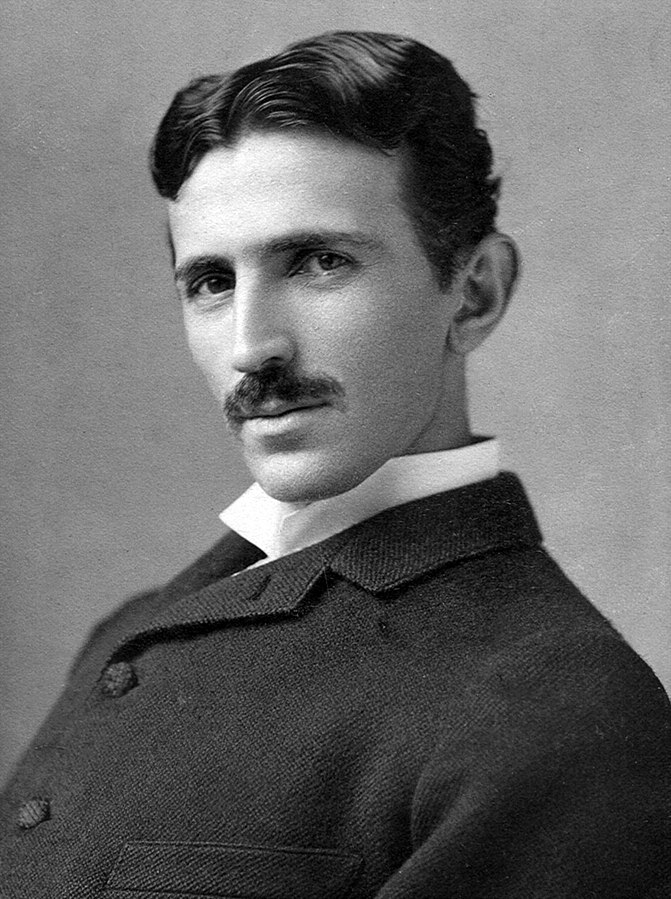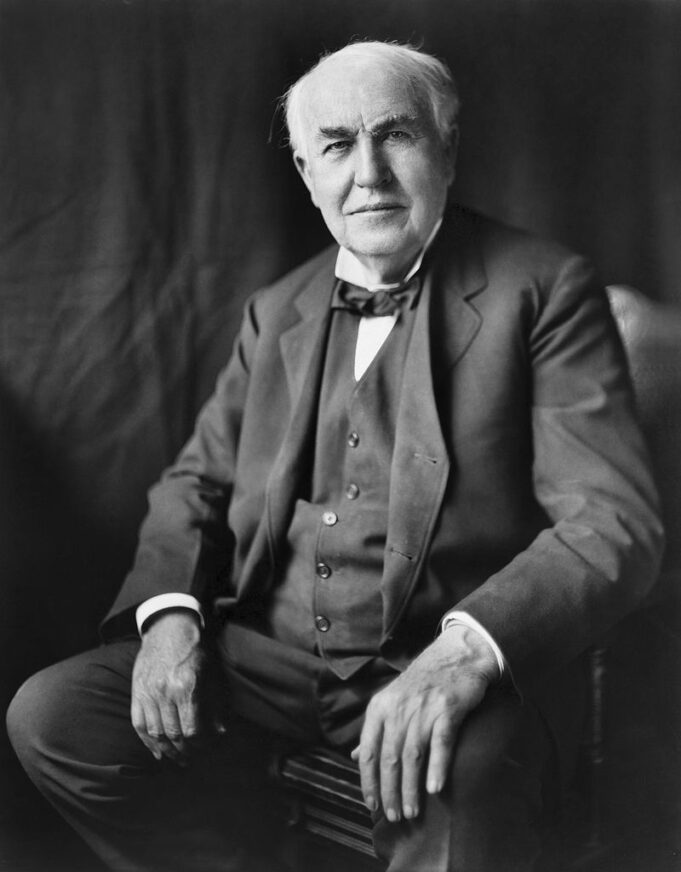Comparing Nikola Tesla and Thomas Edison to determine who was the “better” inventor is subjective and largely depends on one’s perspective. Both were undoubtedly great inventors who made significant contributions to science and technology.
Thomas Edison is perhaps best known for his development of a practical electric light bulb, but his contributions to technology go far beyond that. Edison held 1,093 patents in his name. He improved and perfected many devices in fields such as electric power generation, mass communication, sound recording, and motion pictures. His inventions and innovations greatly influenced life around the world. Edison is often credited with creating the first industrial research laboratory, known as the Menlo Park Laboratory.
Nikola Tesla, on the other hand, made groundbreaking contributions in the field of electromagnetism and electro-mechanical engineering. He is best known for his developments in alternating current (AC) electrical systems, which underpin modern electricity generation and distribution systems. His other notable contributions include advancements in wireless communication, laser technology, x-rays, radio, remote control, and the creation of the “Tesla coil,” an inductor used in many early radio transmissions. Tesla held around 300 patents worldwide.

While Edison was a practical inventor, Tesla was more of a theoretical inventor and is often considered a pioneer and visionary. Edison’s inventions, such as the phonograph, the motion picture camera, and the practical light bulb, have a more direct impact on daily life, whereas Tesla’s inventions, such as alternating current power systems and wireless energy transmission, are more fundamental to the broader scientific and technological infrastructure.
In the end, both Tesla and Edison were remarkable inventors who shaped our understanding of electricity and had a significant impact on the technological advances of the 19th and 20th centuries. It would be difficult and perhaps unfair to definitively state who was the “better” inventor, as their contributions, while different in many ways, were both transformative and enduring.
Top 10 Inventions Of Thomas Edison
Thomas Edison was one of the most prolific inventors in history, holding 1,093 patents for his inventions. Here are ten of the most significant inventions and innovations he contributed:
- Incandescent Light Bulb: Although he did not invent the first electric light, Edison created the first practical incandescent light bulb that could be used in homes and businesses, and it remains his most famous invention.
- Phonograph: This was the first device that could both record and reproduce sound, and it laid the groundwork for future developments in sound recording technology.
- Motion Picture Camera (Kinetograph): Edison’s developments in motion picture technology gave birth to the film industry.
- Carbon Microphone: Edison’s improvements on the microphone made it a practical tool for telecommunications, and it played a crucial role in the development of telephones and early sound recording technology.
- Electric Power Generation and Distribution System: Edison developed a full-scale, commercially viable system of electric generation and distribution, which was a key development in the modern industrialized world.
- Alkaline Storage Battery: Edison developed an alkaline storage battery that was more durable and had a longer lifespan than other batteries of his time. It was widely used in industrial applications and electric vehicles.
- Electrical Voting Machine: One of Edison’s earliest patents was for an electrical voting machine designed to make the voting process quicker and more efficient.
- Fluoroscope: Edison’s work with X-rays led to the creation of the fluoroscope, a device that allows real-time X-ray imaging of the body.
- Electric Pen: Edison’s electric pen was the first electric motor-driven appliance produced and sold in the United States, designed to expedite the process of creating copies of documents.
- Mimeograph: This early duplicating machine was invented by Edison and served as the predecessor to the modern photocopier.
Edison’s ability to commercialize and popularize his inventions was just as significant as the inventions themselves. He helped lay the foundation for modern electric power generation and mass communication, dramatically influencing the technological landscape we know today.
Top 10 Inventions Of Nikola Tesla
Nikola Tesla was a visionary inventor, engineer, and physicist known for his work on electricity and electromagnetism. Here are ten significant inventions and contributions that Tesla made:
- Alternating Current (AC) Power System: This is Tesla’s most famous contribution. Unlike the direct current (DC) system favored by Thomas Edison, the AC system allowed electricity to be transmitted over long distances, revolutionizing the way electricity was generated and distributed.
- Induction Motor: Tesla’s AC induction motor transformed energy production by creating a motor with only one moving part that used alternating currents to produce rotating magnetic fields.
- Tesla Coil: This circuit transforms energy into extremely high-voltage charges, creating powerful electrical fields capable of producing spectacular electrical arcs.
- Radio Control: Tesla’s demonstration of a radio-controlled boat in 1898 is one of the first publicly demonstrated uses of radio waves to control a device at a distance.
- Wireless Transmission of Energy: Tesla is known for his experiments with wireless transmission of energy, or “free energy”. His work on this remains controversial, but he was a pioneer in the field.
- Wireless Lighting: Tesla developed the technology to operate electric lights without wires. He demonstrated it by lighting electric lamps wirelessly at both the World Columbian Exposition in 1893 and the 1891 lecture in Columbia College.
- Radio: Although Guglielmo Marconi was initially credited with the invention of radio, it was Tesla who first demonstrated the principles of radio frequency electromagnetic waves. The Supreme Court upheld Tesla’s radio patent in 1943.
- Shadowgraph: Tesla developed a type of X-ray imaging device, which he called “shadowgraph”, around the same time Wilhelm Roentgen discovered X-rays.
- Tesla Turbine: Based on a design using smooth discs spun in a chamber, Tesla’s turbine ran on steam or compressed air and was known for its efficiency.
- Earthquake Machine: Tesla claimed to have developed a machine (technically known as the electro-mechanical oscillator) that could simulate earthquakes, causing oscillations in mechanical systems.
While not all of Tesla’s ideas were transformed into actual inventions or widely accepted, his theories and technological developments greatly contributed to modern electrical and communication systems.











